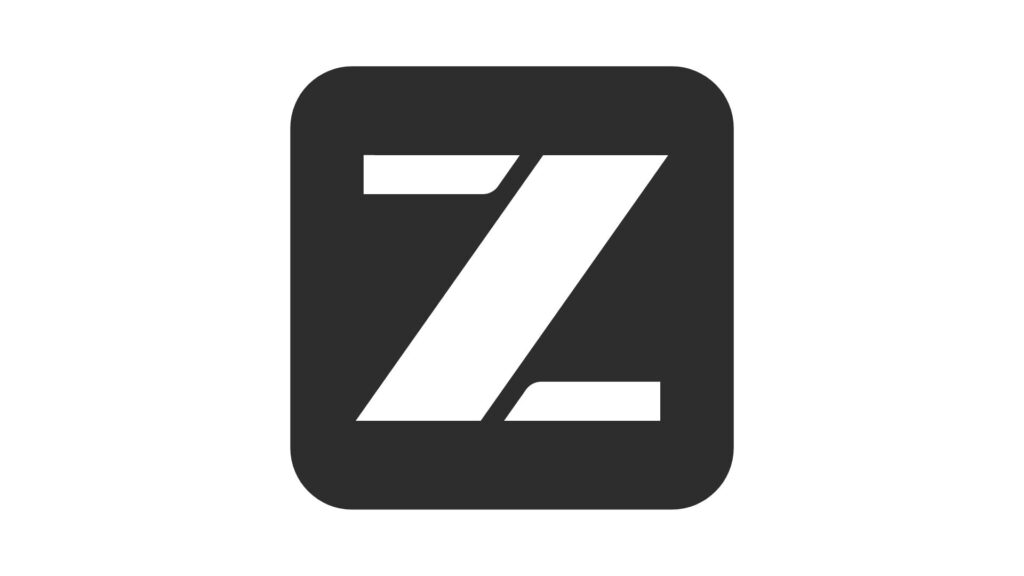Z.ai unveils cheaper, advanced AI model GLM-4.5
Chinese firms like Z.ai and Tencent are rapidly advancing AI capabilities

Chinese AI startup Z.ai, formerly Zhipu, is increasing pressure on global competitors with its latest model, GLM-4.5. The company has adopted an aggressive open-source strategy to attract developers. Anyone can download and use the model without licensing fees or platform restrictions.
GLM-4.5 is designed with agentic AI, breaking tasks into smaller components for improved performance. By approaching problems step by step, the model delivers more accurate and efficient outcomes. Z.ai aims to stand out through both technical sophistication and affordability.
CEO Zhang Peng says the model runs on only eight Nvidia H20 chips, while DeepSeek’s model needs sixteen. Nvidia developed the H20 to comply with US export controls aimed at China. Reducing chip demand significantly lowers the model’s operational footprint.
Zhang said the company has enough computing power and is not seeking further hardware now. Z.ai plans to charge 11 cents per million input tokens, undercutting DeepSeek R1’s 14 cents. Output tokens will cost 28 cents per million, compared to DeepSeek’s 2.19 dollars.
Such pricing could reshape large language model deployment expectations, especially in resource-limited environments. High costs have long been a barrier to broader AI adoption. Z.ai appears to be positioning itself as a more accessible alternative.
Founded in 2019, Z.ai has raised more than 1.5 billion dollars from investors including Alibaba, Tencent, and Qiming Venture Partners. It has grown quickly from a research-focused lab to one of China’s most prominent AI contenders. A public listing in Greater China is reportedly being prepared.
OpenAI recently named Zhipu among the Chinese firms it considers strategically significant in global AI development. US authorities responded by restricting American companies from working with Z.ai. The startup has nonetheless continued to expand its model lineup and partnerships.
Chinese firms increasingly invest in open-source models, often with domestic hardware compatibility in mind. Moonshot, another Alibaba-backed company, released the Kimi K2 model. Kimi K2 has received praise for its performance in coding and mathematical tasks.
Tencent has joined the race with its HunyuanWorld-1.0 model, which is built to generate immersive 3D environments. The HunyuanWorld-1.0 can accelerate game development, virtual reality design, and simulation work. Cutting-edge features are being paired with highly efficient architectures.
Alibaba also introduced its Qwen3-Coder model to assist in code generation and debugging. Such AI tools are seeing increasing use in software engineering and education. Chinese developers are positioning themselves to compete with Western offerings such as OpenAI’s Codex and Anthropic’s Claude.
The momentum within China’s AI sector is accelerating despite geopolitical and trade restrictions. A clear shift is underway from imitation to innovation, with local startups advancing independent research. Many models are trained on China-specific datasets to optimise relevance and performance.
Z.ai’s strategy combines cost reduction, efficient chip use, and broad availability. The company can build community trust and encourage ecosystem growth by open-sourcing its tools. At the same time, pricing undercuts major rivals and could disrupt the market.
Global AI development is increasingly decentralised, with Chinese firms no longer just playing catch-up. Large-scale funding and state support are helping to close gaps in hardware and training infrastructure. Z.ai is one of several firms pushing toward greater technological autonomy.
Open-source AI development is also helping Chinese companies win favour with developers outside their borders. Many international teams are experimenting with Chinese models to diversify risk and reduce reliance on US tech. Z.ai’s GLM-4.5 is among the models gaining traction globally.
By offering a powerful, lightweight, and affordable model, Z.ai is setting a new benchmark in the industry. The combination of technical refinement and strategic pricing draws attention from investors and users. A new era of AI competition is emerging.
Would you like to learn more about AI, tech, and digital diplomacy? If so, ask our Diplo chatbot!

